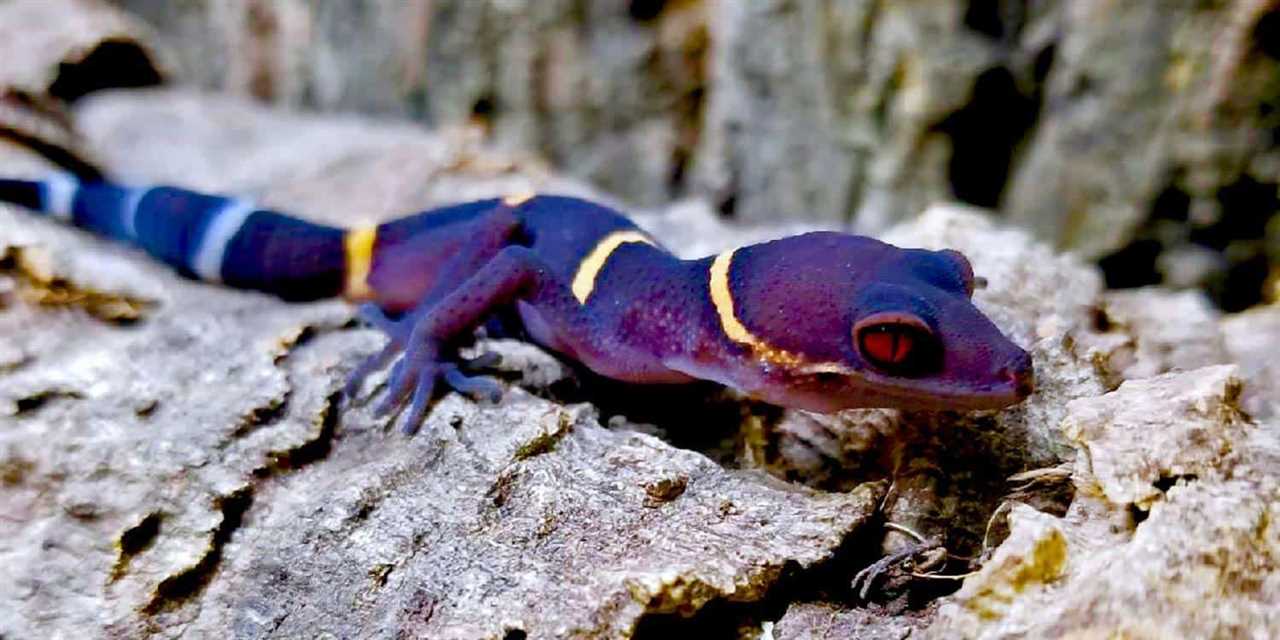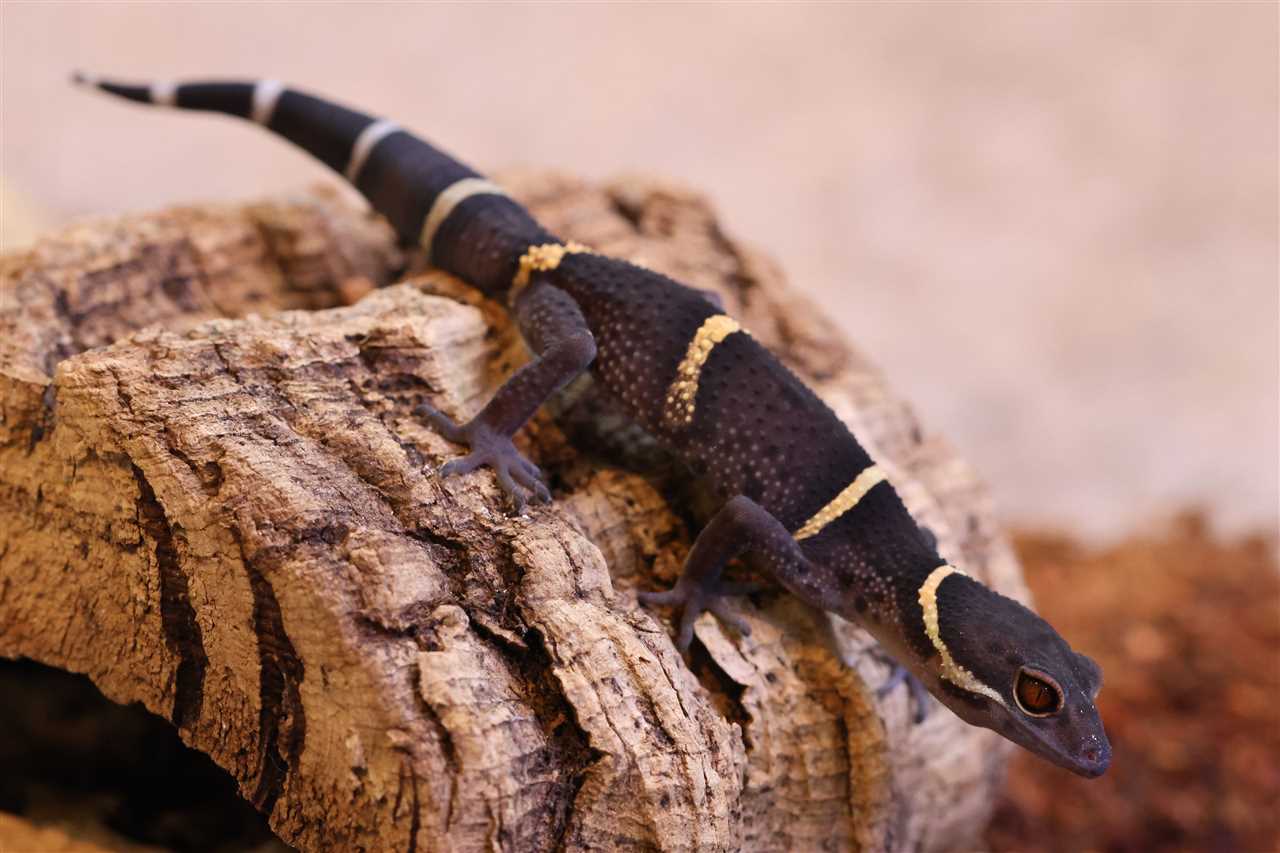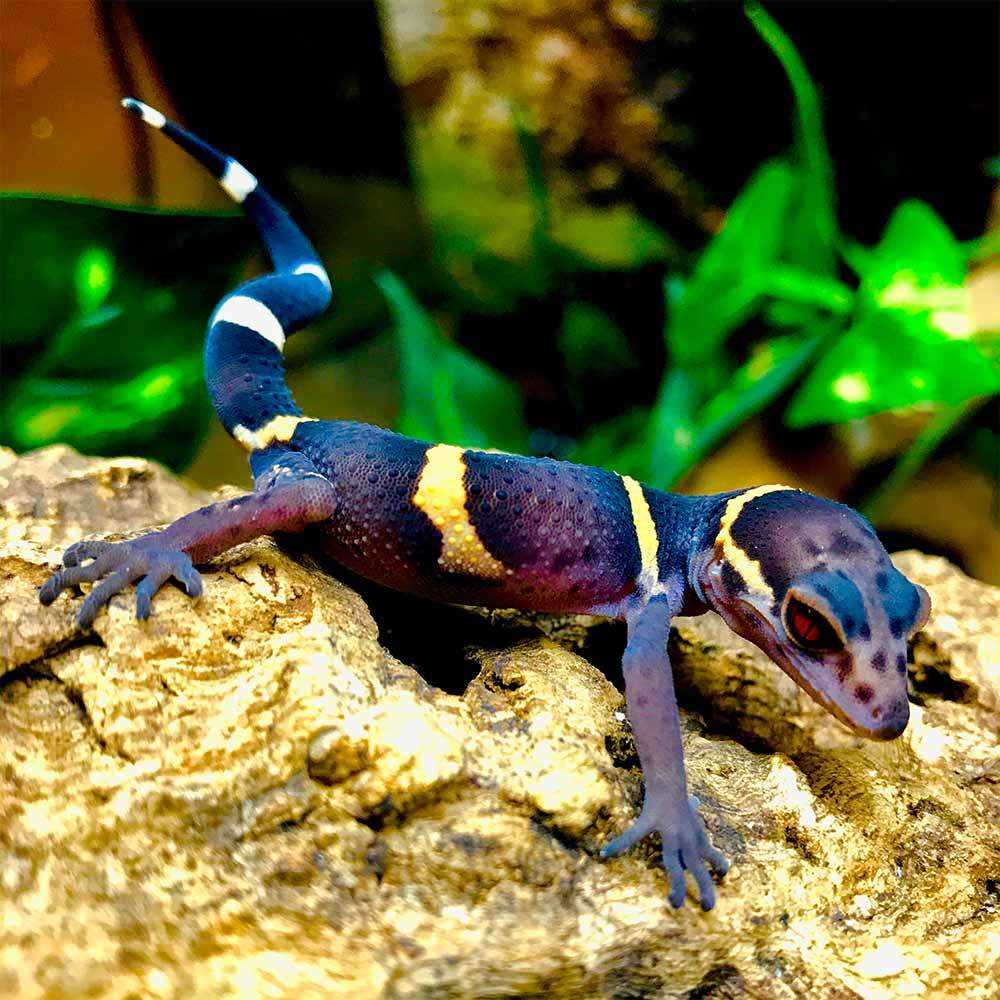

China is home to a fascinating array of reptile species, and one of the most unique among them is the Chinese Cave Gecko. Known for its distinctive appearance and intriguing behaviors, this gecko has captured the attention of scientists and reptile enthusiasts alike. With its vivid colors and intricate patterns, the Chinese Cave Gecko stands out as a true gem in the world of biodiversity.
Within its cave habitat, the Chinese Cave Gecko plays a critical role in maintaining the delicate balance of the ecosystem. As a predator, it helps keep populations of insects and small invertebrates in check, contributing to the overall health of the cave community. Additionally, this gecko’s presence in the caves also serves as an indicator of the overall environmental health. Changes in the population or behavior of the Chinese Cave Gecko can signal a disturbance or degradation in the cave ecosystem, alerting researchers to potential conservation issues.
Overview of the Chinese Cave Gecko
The Chinese Cave Gecko is an endangered species of gecko native to Asia. It is known for its unique adaptations to cave environments and its important role in the local ecosystem.
Adaptations and Characteristics
Due to its dark environment, the Chinese Cave Gecko has evolved to have specialized adaptations for low light conditions. It has large eyes with vertical pupils, which allow it to gather as much light as possible in order to see in the darkness. Its eyes also have a protective transparent scale, which protects them from debris and scratches.
Habitat and Distribution
The Chinese Cave Gecko is primarily found in limestone caves in southern China. These caves provide the geckos with the ideal environment, characterized by stable temperature and humidity levels. They are restricted to these cave habitats and are rarely found outside of them.
These geckos can be found in regions such as Guangxi, Guizhou, and Yunnan provinces in China. They are often located in remote areas and can be difficult to study due to the inaccessibility of their cave habitats.
Role in the Ecosystem
The Chinese Cave Gecko plays a crucial role in its local ecosystem. They are insectivores, feeding on a variety of cave-dwelling insects and invertebrates. By controlling the population of these organisms, they help to maintain the balance of the cave ecosystem and contribute to overall biodiversity.
Additionally, the presence of the Chinese Cave Gecko in caves promotes nutrient cycling. Their waste products, along with the remains of their prey, provide a source of organic matter for other organisms in the cave ecosystem.
Threats and Conservation
The Chinese Cave Gecko is facing numerous threats that have led to its endangered status. Habitat destruction, due to the expansion of human activities and tourism, poses a significant threat to their survival. Pollution and disturbance of cave ecosystems also have negative impacts on their populations.
Physical Characteristics of the Chinese Cave Gecko

One of the most striking features of the Chinese Cave Gecko is its size. Adults typically measure around 8 to 10 inches in length, making them relatively small compared to other gecko species. They have slender bodies that are cylindrical in shape, with a distinct head and tail. Their limbs are well-developed and equipped with sharp claws, which allow them to navigate their rocky cave habitat with ease.
Another noteworthy characteristic of the Chinese Cave Gecko is its striking coloration. Their bodies are typically covered in a beautiful combination of vibrant colors, including shades of brown, yellow, orange, and black. These colors provide excellent camouflage, helping the gecko blend seamlessly into its cave environment. Additionally, they have large, lidless eyes with vertical pupils, which are adapted to help them see in low-light conditions.
The skin of the Chinese Cave Gecko is known to be relatively smooth, with a slightly granular texture. It is also interesting to note that their skin is not sticky like some other gecko species, which allows them to move more freely on various surfaces within their habitat.
The physical characteristics of the Chinese Cave Gecko make it an incredibly unique and remarkable species. Their size, coloration, and adaptability to cave environments are key factors that contribute to their survival in the wild.
Habitat and Distribution
The Chinese Cave Gecko (Goniurosaurus hainanensis) is a species of gecko that is native to China, specifically the Hainan Island. This island is located in the southern part of China and is known for its biodiversity and unique ecosystems.
Role in the Ecosystem
The Chinese Cave Gecko plays an important role in the ecosystem of Hainan Island. As a predator, it helps to control populations of insects and other small invertebrates. This helps to maintain the balance of the ecosystem and prevent outbreaks of harmful pests.
The gecko also serves as a food source for larger predators, such as snakes and birds of prey. Its presence in the food chain contributes to the overall biodiversity of the island.
Threats and Conservation
Another threat to the Chinese Cave Gecko is the illegal pet trade. The gecko is highly sought after by collectors due to its unique appearance and rarity. This has led to overexploitation of the species and a decline in their populations.
In order to conserve the Chinese Cave Gecko, efforts are being made to protect its natural habitats and enforce regulations against the illegal pet trade. Conservation organizations are working with local communities and governments to raise awareness about the importance of preserving this endangered species.
| Common Name | Scientific Name | Habitat | Population Status |
|---|---|---|---|
| Chinese Cave Gecko | Goniurosaurus hainanensis | Limestone caves, rocky areas | Endangered |
Role of the Chinese Cave Gecko in the Ecosystem
The Chinese Cave Gecko (Goniurosaurus Sinensis) is a reptile species native to Asia, specifically found in China. This gecko plays an important role in the ecosystem it inhabits and contributes to the overall biodiversity of its habitat.
Biodiversity

The presence of Chinese Cave Geckos adds to the biodiversity of the region they inhabit. Biodiversity refers to the variety of species and ecosystems present in a given area. The gecko’s presence adds to the overall richness and diversity of reptiles in the ecosystem.
Ecosystem Functions
Chinese Cave Geckos contribute to the functioning of the ecosystem in various ways. As predators, they play a crucial role in controlling the population of smaller organisms such as insects and spiders. This helps maintain balance within the ecosystem and prevents overpopulation of certain species.
Additionally, the geckos serve as a source of food for larger predators and scavengers, further contributing to the food chain and ensuring the flow of energy through the ecosystem. Their role as prey helps support the populations of other animals and maintains the delicate balance of the ecosystem.
Cave Environment
| Benefit | Description |
|---|---|
| Control of Insect Populations | The geckos prey on insects and help control their populations, reducing the risk of pest outbreaks. |
| Food Source for Predators | Larger predators and scavengers rely on the geckos as a source of food, contributing to the overall food chain. |
| Seed Dispersal | Geckos ingest and excrete seeds, aiding in the dispersal of plant species and promoting ecosystem regeneration. |
| Pollination | Geckos may inadvertently transfer pollen from one plant to another, facilitating cross-pollination and genetic diversity. |
Threats to the Chinese Cave Gecko and Conservation Efforts
The Chinese Cave Gecko (Goniurosaurus Sinensis) is an endangered species native to Asia, specifically found in the karst limestone caves of Guangxi and Guizhou provinces in southwestern China. This gecko plays a crucial role in maintaining the delicate balance of its ecosystem, and its conservation is vital for the preservation of biodiversity in the region.
One major threat to the Chinese Cave Gecko population is habitat loss. Due to rapid urbanization and industrialization, the limestone caves where these geckos reside are being destroyed or disturbed. This destruction not only directly affects the geckos but also disrupts the entire ecosystem they inhabit. The loss of these geckos could have a negative cascading effect on other species and the overall biodiversity of the area.
Illegal collection for the pet trade is another significant threat to the Chinese Cave Gecko. Due to their unique appearance and exotic nature, these geckos are highly sought after by collectors. This demand has led to the illegal capture and trade of these geckos, further depleting their already vulnerable population.
Recognizing the importance of conserving the Chinese Cave Gecko, several conservation efforts have been initiated. These efforts focus on raising awareness about the endangered status of the species and the need to protect their habitat. Additionally, captive breeding programs have been established to reduce the reliance on wild-caught geckos for the pet trade.
Furthermore, habitat conservation initiatives aim to preserve and restore the limestone caves where the Chinese Cave Geckos thrive. By protecting their natural habitat, these efforts provide a safe and suitable environment for the geckos to reproduce and thrive.
The collaboration between local communities, scientists, and conservation organizations is crucial for the success of these conservation efforts. Educating the public about the significance of the Chinese Cave Gecko and its role in maintaining the ecosystem’s biodiversity is vital in achieving long-term conservation goals.
Conservation Efforts
The Chinese Cave Gecko (Goniurosaurus luii) is a critically endangered species that plays a significant role in the ecosystem. As a reptile native to China, its conservation is crucial for maintaining biodiversity in cave ecosystems.
Due to its specialized habitat requirements, the Chinese Cave Gecko faces numerous threats that have led to its declining population. The destruction and disturbance of cave habitats caused by human activities, such as tourism, mining, and construction, pose a significant threat to the gecko’s survival. Additionally, the illegal pet trade has further contributed to its endangered status.
Efforts are being made to conserve the Chinese Cave Gecko and protect its habitat. One of the main approaches is the establishment and enforcement of protected areas that include cave systems known to be inhabited by the gecko. These protected areas aim to limit human activities that could harm the gecko and its habitat.
Another important conservation measure is the promotion of public awareness and education about the ecological importance of the Chinese Cave Gecko. By educating local communities, tourists, and policymakers about the value of this species, efforts can be made to minimize activities that harm the gecko and its habitat.
Furthermore, research and monitoring programs have been initiated to gather more information about the Chinese Cave Gecko’s ecology, behavior, and population dynamics. This data is essential for developing effective conservation strategies and for assessing the success of conservation efforts over time.
The collaboration of government agencies, non-governmental organizations, and local communities is vital for the success of conservation efforts for the Chinese Cave Gecko. By working together, these stakeholders can develop and implement sustainable management plans that protect the gecko’s habitat and support its population recovery.

I’m Lena Adams—a product of an unconventional upbringing in the African wilderness. My father, a daring explorer of African wildlife, sparked my fascination with reptiles, a passion that intertwined with the tragic loss of my mother during an expedition, leaving an indelible mark on my life. Driven to understand the creatures that captivated my parents, I embarked on my journey, sharing insights about reptiles, frogs, and lizards on my website. Through my explorations and conservation efforts, I honour my family’s legacy while seeking connections—to the creatures, nature, and the mother whose presence I yearn to understand.
